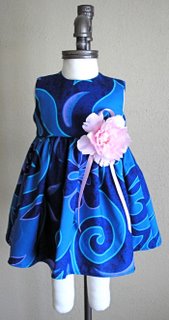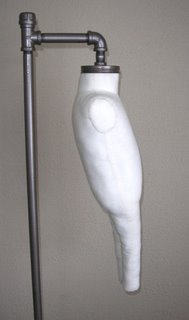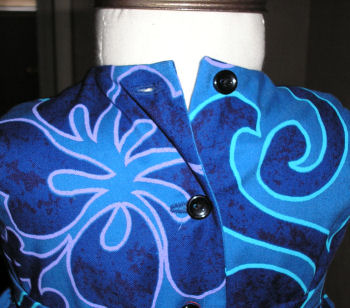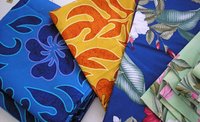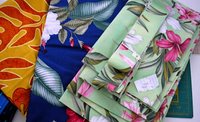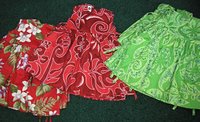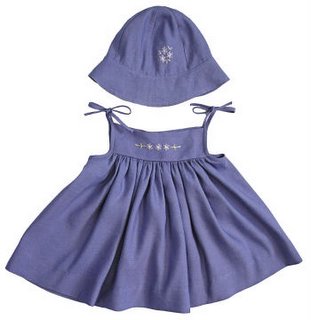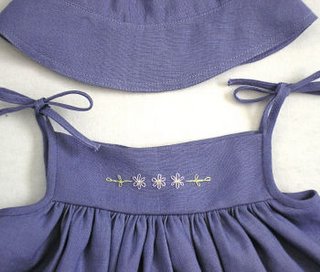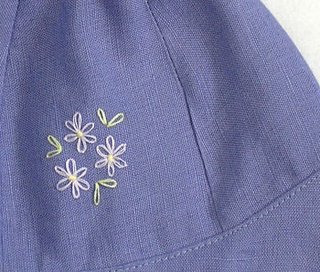In the March 2006 issue of Redbook magazine, Melissa Schweiger attempts to explain the difficulty of creating women’s fashion. The disparity in body shapes, weights, and sizing is an evolving and complex task. Fashion companies each create their ideal customer and manufacture clothing based on specific sizing. But all too often women fall in between sizing or have different proportions. Many women have to try on a mountain of clothes to find something that finally fits.
Schweiger makes some interesting points about the changing shape of American women. Many of these ideas also apply to children’s fashion and sizing. Below, I highlight some key points:
Arbitrary Sizing
Each manufacturer develops their own sizing system. In women’s fashion the sizing numbers are relatively standard. For example, the sizes run 2, 4, 6, 8, 10, 12, and so on. In infant clothing, the sizing varies from label to label. One place will size 0-3, 3-6. 6-9, 9-12, 12-18, 18-24. Another will size 0-9, 9-12, 18-24. Some simply place a label with corresponding weight such as 19-26lbs. Stores like the Gap hand out info cards to help the consumer determine the right size.
After determining one size for one label, you will be out of luck at the next store. A 6-month-old baby can easily wear any size labeled 6-18mo. The added difficulty of fitting a baby is that they get fussy. If you can’t stand trying on 10 pairs of pants, imagine an infant after one pair.
Changing Shapes
According to this article, American women have changed. They are a bit taller and heavier. American women are more ethnically diverse. The challenge for manufacturers and designers is to design a product that fits a more diverse range of people. Some are making attempts, some refuse.
The general consensus among children’s fashion professionals is that children are changing along with their parents. They are taller and heavier, and more ethnically diverse. Childhood obesity and inactivity play a part in changing shapes.
The problem is children’s clothing manufacturers cling to their 30+ year old size charts. They protect their sizing information like a trade secret (not uncommon in every segment of the fashion biz). And while major studies are being done on men and women, they are not being done on children. (If I am wrong, please let me know).
Shopping for children who fall outside of the norm has tremendous difficulty. Plus sizes for children are not stocked in many stores, despite the apparent increasing demand. And if there is truly a demand for children’s plus sizes, it is hard to gauge. Children in this category move to adult sizes much more quickly.
Overall, this magazine article was an interesting review of the difficulty faced by clothing manufacturers. Well worth the read if you have wondered why you can’t find anything that fits.
Additional ideas and fitting information can be found at
http://www.fashion-incubator.com.
